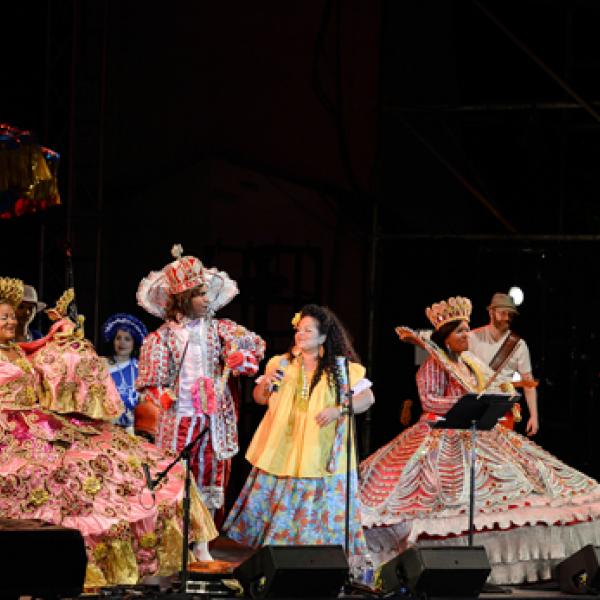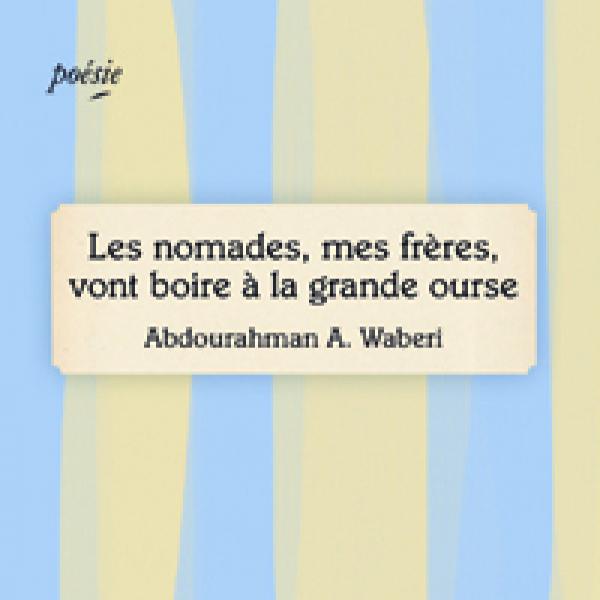Empowering through Art

When NEA National Heritage Fellow PJ Hirabayashi left the day-to-day operations of San Jose Taiko in 2011, she had a moment of pause, almost of panic, as she set about reshaping her identity. Along with her husband Roy, she founded the ensemble-based San Jose Taiko in 1973 in the heart of San Jose, California’s Japantown. As third-generation Japanese Americans, the Hirabayashis developed a style of taiko that blended traditional Japanese drumming rhythms with global musical and cultural influences—a mix that expressed their personal and community identities. Now, Hirabayashi was leaving behind the world of ensemble performance to strike out on her own.
“We’re here about community-building,” Hirabayashi said of San Jose Taiko. “[I]t was kind of a brutal awakening actually to even regard myself as an individual artist.”
As Hirabayashi mulled over the path her work could take, she realized that she wanted to continue the vision she had begun with her group of using taiko to connect communities through compassion and mutual respect. Originally a kind of Japanese war drumming, taiko came to North America in the 1960s where it was developed mostly by third-generation Japanese Americans, or sansei, as a way of building and asserting cultural identity. The art form incorporates dance, costumes, singing, and drumming into a performance music that can express the diverse interests of the community that makes it.
After her retirement—or “rewiring” as she calls it—Hirabayashi began taking classes on how to serve as a peace ambassador, and studied Karen Armstrong’s Charter for Compassion, a document that calls on global citizens and leaders to transcend national, ideological, and religious differences in favor of compassionate thinking and action. As she read the charter, she began to draw parallels between its words and the work that she had helped to build in San Jose Taiko. She began to develop “TaikoPeace,” an initiative that uses taiko to create positive social change in her own life and the lives of other individuals and artists. Her goal is to use art as a tool for inspiration, healing, and ultimately, for peace. The initiative, she said, asks, “As artists, what can we do to initiate the conversation about compassion, unity, and peace?”
Now she is taking this message of compassion and peace abroad with the U.S./Japan Creative Artists Program, which selected Hirabayashi as one of five finalists for 2014.
Begun in 1978, the Creative Artists Program aims to develop a person-to-person collaboration between the United States and Japan, focused on a creative exchange of ideas across borders. Facilitated by the National Endowment for the Arts and the Japan-United States Friendship Commission, the residency program sponsors five artists to live and work in Japan for three months on a project of their choice. The participants begin in Tokyo, where they work with the International House of Japan, but then are free to travel.
As an artist participating in this year’s exchange, Hirabayashi plans to explore taiko’s ability to empower groups that have experienced discrimination in Japan. She realized that her personal journey as a young woman using taiko to wrestle with her Japanese-American cultural identity could apply to others as well—possibly those with whom the tradition began. More importantly, she hopes to work together with victims of discrimination towards using taiko as a force for cross-cultural unity and empowerment.
“I felt that my history of growing up,” she said, “I had really experienced a lot of hardship, individual hardship that made me question my cultural identity. That’s why taiko was so empowering.”
She plans to connect with artists from three communities who use Japanese taiko and to explore how the groups use their art form to empower themselves. The communities that she anticipates working with are the Ainu, a group which experienced a kind of cultural genocide within Japan nearly to the point of extinction, Okinawan artists who live in diasporan communities outside of Okinawa (primarily in the city of Osaka, where Hirabayashi plans to base her work), and the Buraku, a group which created the taiko art form but who live at the bottom of a caste system in Japan, almost like untouchables.
“I’d like to see if there is a commonality of finding that their art form actually help empower them as taiko has empowered me as an individual Japanese American,” Hirabayashi said. “I’d like to see how they use their art form to transcend the racial barriers that are so evident still in our communities, and see how they contend with that, or how do they elevate themselves above that by self-expression? I’d love to meet these artists that have the same passion and goal of using their art forms to transcend boundaries and borders and see if there’s a possibility of collaborating or meeting. That’s my purpose.”

As part of the exchange, she also wants to share her story with these artists and to leave them with a gift of her own in gratitude: a composition she created that blends dance, drumming, and chant as a starting point in creating social change. The composition—called “Ei Ja Nai Ka,” which translates into English as “Isn’t It Good?”—encourages participants to “step out of their own inhibitions” to transcend cultural divisions.
She hopes to connect with these Japanese artists both artistically and personally by using taiko to bridge cultural understanding and build compassion in the style of Karen Armstrong’s Charter. However, she was careful to note that she doesn’t want to confine her expectations. “I would like to create a lot of openness, open space, and not to drive myself to check off my to-do list,” Hirabayashi said about her upcoming exchange. “I find that opportunities actually present themselves in unexpected ways, and that’s what I want to be open to.”








